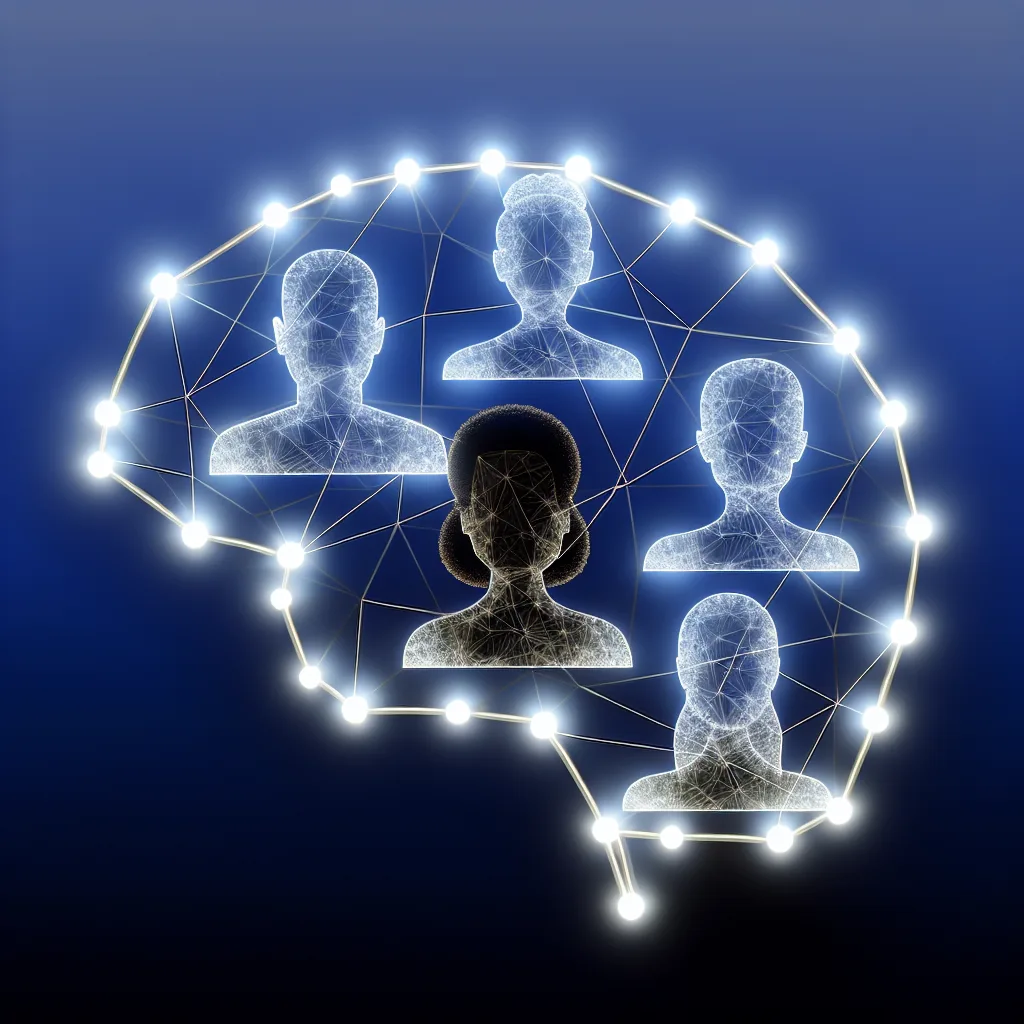Exploring a community-driven idea to make AI’s conscience transparent and keep our digital future from being controlled by a few.
I was scrolling through my feed the other day and a thought popped into my head: we have no idea what’s going on inside the AI models we use every day. They’re like black boxes. We give them a prompt, they give us an answer, but the ‘why’ and ‘how’ behind their reasoning is a total mystery. What if we could change that? This question led me down a fascinating rabbit hole, exploring a concept that feels both radical and incredibly necessary: open-source AI regulation. The idea is simple at its core—what if we, the public, could collaboratively build and maintain the moral and safety guidelines that AIs operate on?
It sounds a bit like science fiction, but stick with me.
What is Open-Source AI Regulation, Anyway?
Imagine a Wikipedia for AI ethics. It would be a publicly accessible, transparent set of values and safety protocols that anyone could inspect, debate, and contribute to. Instead of a handful of developers at a giant tech company deciding what an AI should consider harmful or appropriate, this framework would be built by a global community of users, ethicists, developers, and thinkers.
This central “conscience” could then be integrated into any AI model. A company building a new large language model could plug into this open-source value set, and just like that, its AI would have a transparent, community-vetted ethical foundation. The best part? Everyone would know exactly which rules it was following. No more secret algorithms or corporate-dictated morality.
Putting Open-Source AI Regulation into Practice
So, how would this actually work? It’s not as crazy as it sounds. The concept is flexible and could be implemented in a few different ways:
- Before Training: The value set could be integrated directly into the AI’s training data, helping to shape its foundational understanding of the world from the very beginning.
- During Generation: It could function as a real-time filter. When you ask an AI a question, its potential response would be checked against the open-source guidelines via an API call. If the response violates a core principle, it gets rejected or rephrased before it ever reaches you.
- As a “Forkable” Model: Just like open-source software, the core set of values could be “forked” and adapted. A school district might want a stricter version for its students, while a specific country could tailor it to fit its unique cultural norms. The key requirement would be that these localized versions remain public and transparent.
This approach would shift the power dynamic. It takes the immense responsibility of AI governance out of a few boardrooms and places it into the hands of a global community. For a deep dive into the challenges of AI’s “black box” problem, publications like the MIT Technology Review offer some great insights.
The Big Upside of Collaborative AI Safety
The most immediate benefit of an open-source AI regulation model is transparency. When an AI gives you a weird or concerning answer, you could theoretically trace it back to the specific guideline (or lack thereof) that caused it. This demystifies the technology and makes it more accountable.
Secondly, it helps us avoid an “AI oligarchy,” where a few powerful corporations dictate the digital morality for the entire planet. As we look toward the future, the idea of a single company’s worldview being embedded in the AI that powers our world is genuinely unsettling. A collaborative approach ensures a more diverse and representative set of values. Organizations like the Electronic Frontier Foundation (EFF) are already exploring these kinds of digital rights issues in the age of AI.
But of course, it’s not a perfect solution.
The Challenges Are Real, Though
Let’s be honest, getting a small group of people to agree on what to have for dinner is hard enough. Achieving a global consensus on complex moral issues would be a monumental task. The system could be vulnerable to bad actors trying to poison the value set, much like how Wikipedia deals with vandalism.
Who gets the final say? How do we resolve conflicts between different cultural values? These are not easy questions, and they would need robust systems of moderation and governance to solve. This model wouldn’t be a magic wand, but rather a starting point for a desperately needed public conversation.
It’s a messy, complicated idea, but maybe that’s the point. Building a safe and ethical AI future should be messy and collaborative. It should involve all of us. The alternative—letting it unfold in secret, behind closed corporate doors—is far more frightening. What do you think? Is this a conversation worth having?
